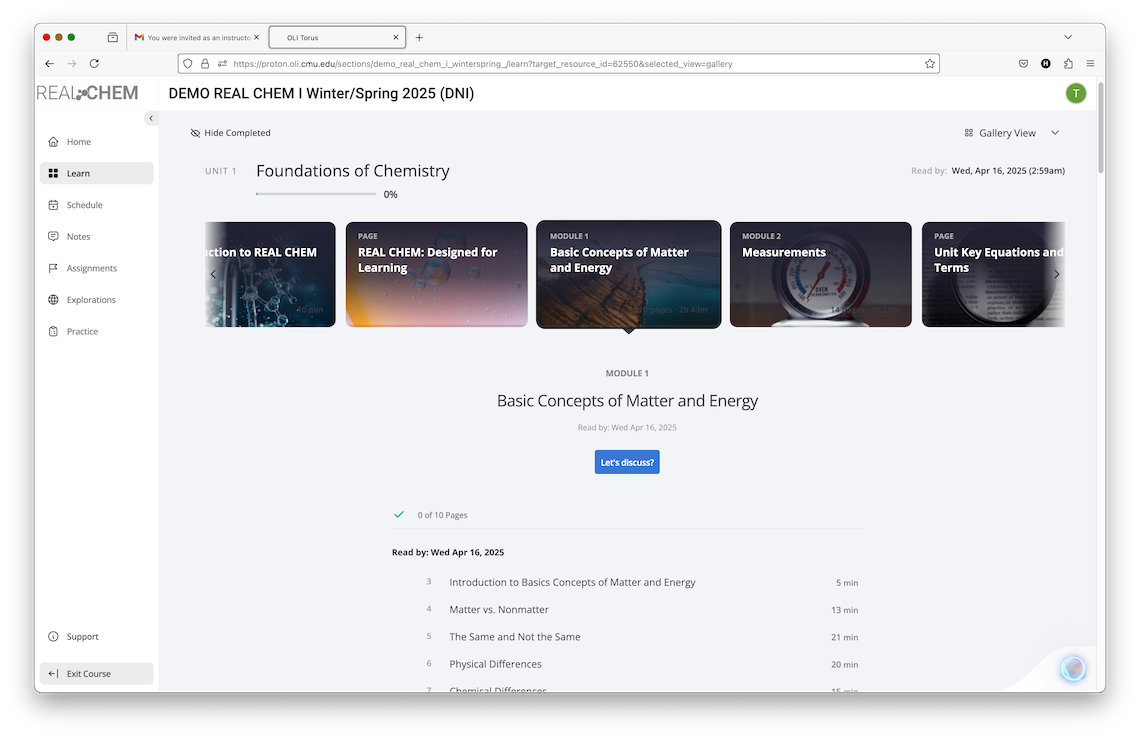Integrating user experience (UX) into software development is something technology organizations face all of the time. (More on how we do this at a later date). At OLI, we also integrate the practice into the development of our courses. Although we only began doing this in a methodical way in 2011, we have started to learn more how and when to best do it.
Activity design for online learning is a complicated task, and too often the user experience element is neglected. As an example, last year content expert, who had previously used crossword puzzles to help drill vocabulary in the classroom, wanted to translate this into an OLI activity. As I sat going through a number of activity types with the course development team, this one leapt out as problematic from an interface perspective.
Although it is certainly possible to create web-based crossword interfaces, they can be terribly clumsy if done wrong, and require a certain amount of careful planning to do right. In our case, the goal was not to entertain with a challenging puzzle, but to promote learning. Engagement is important, but not the primary function of an OLI learning activity. The interface would present obstacles to the actual goal of learning, as students would have to master the interface to the activity before being able to engage the content it held. This assessment of the user experience implications lead the team to pursue other activities that would assist in the vocabulary acquisition, avoiding potentially cumbersome interfaces.
Recognizing the cognitive impact of an interface is important. At OLI, our goal is not only to keep course developers in contact with the user experience team, but also to build the course developers’ awareness of design concerns so that they can anticipate potential challenges.
Further information on integrating UX into the development process can be found in our Open Education 2011 presentation which can be viewed on our youtube channel.
Latest News
New dates added: Come see Torus!
Explore the next generation of OLI’s learning platform—Torus. Join our June 26 webinar to see the modern new UI, discussion boards, LMS gradebook passback, AI assistant tools, collaborative notes, and more.
Torus v.31 Strengthens Flexibility and Insight for Teaching and Learning
Adds Score-as-You-Go feedback, redesigned scheduling, LTI integration, and cleaner data exports for smoother teaching workflows.
Design Demo ·
Demo Video ·
Release Notes (coming soon)
Come see Torus!
Explore the next generation of OLI’s learning platform—Torus. Join our June 26 webinar to see the modern new UI, discussion boards, LMS gradebook passback, AI assistant tools, collaborative notes, and more.


